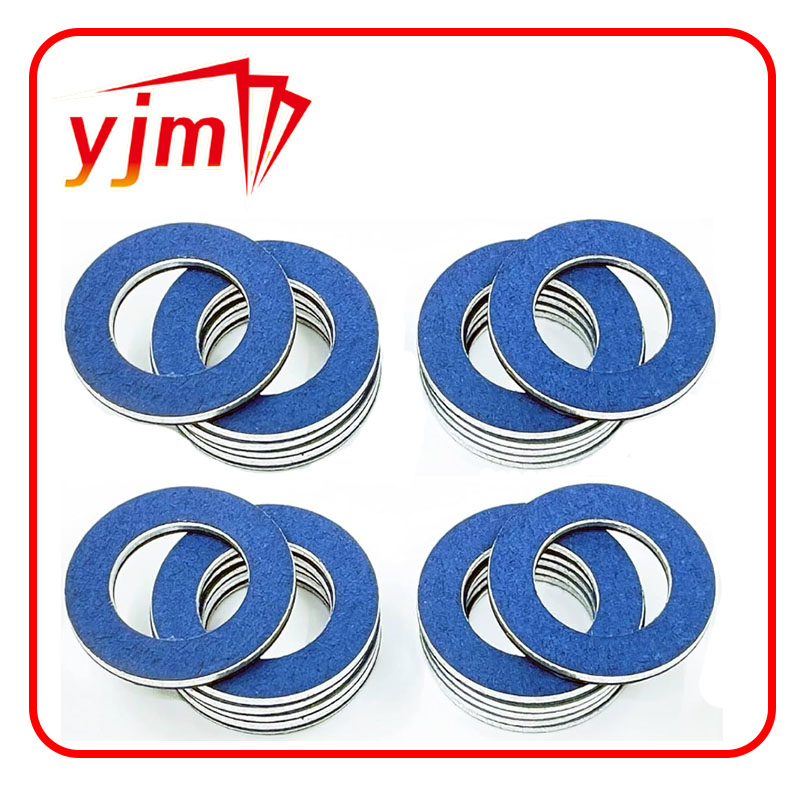Understanding the Importance of Transmission Extension Housing Seals in Automotive Applications and Maintenance
Understanding Transmission Extension Housing Seal Its Importance and Functions
The transmission extension housing seal is a critical component in automotive engineering that plays an essential role in the performance and longevity of a vehicle's transmission system. This small yet significant part is often overlooked, but its importance cannot be understated. To fully appreciate its role, it's essential to understand what it is, its functions, and why maintaining it is crucial for overall vehicle performance.
What is a Transmission Extension Housing Seal?
The transmission extension housing seal is located at the rear of the transmission, where the transmission connects to the driveshaft. Its primary function is to prevent transmission fluid from leaking out of the transmission case. This seal is typically made of rubber or elastomer materials, designed to withstand high temperatures, pressures, and the chemical properties of transmission fluid. The seal is positioned between the extension housing and the driveshaft to create a secure barrier against fluid loss.
Functions of the Transmission Extension Housing Seal
1. Fluid Retention The most critical role of the extension housing seal is to keep the transmission fluid contained within the transmission system. Transmission fluid lubricates the gears and other internal components, ensuring smooth operation. A compromised seal can lead to fluid leaks, resulting in reduced lubrication and potentially causing damage to the transmission.
2. Contamination Prevention Apart from retaining fluid, the extension housing seal also protects the transmission system from external contaminants. Dust, dirt, and moisture can infiltrate through a damaged seal, leading to internal corrosion and wear. This protection is vital for maintaining the integrity and performance of the transmission over time.
3. Temperature Regulation The transmission fluid also helps in regulating temperature within the transmission. The fluid absorbs heat generated during gear shifts and other operations. A failing seal can lead to fluid loss, which may cause overheating and result in severe mechanical issues.
transmission extension housing seal

Importance of Maintaining the Transmission Extension Housing Seal
Regular maintenance of the transmission extension housing seal is vital for several reasons. A worn or damaged seal can lead to significant consequences
1. Costly Repairs Fluid leaks due to a compromised seal may lead to more severe damage to the transmission, necessitating extensive and expensive repairs or even complete replacement. Preventing such issues through regular checks can save vehicle owners substantial costs.
2. Performance Issues A failing seal can cause shifting problems and erratic behavior of the vehicle. This can compromise the driving experience, making the vehicle less reliable and enjoyable to operate.
3. Vehicle Longevity Maintaining the integrity of the transmission system is crucial for the overall longevity of the vehicle. Regular inspection and replacement of the extension housing seal, when necessary, contribute to the vehicle’s reliability and performance over time.
Conclusion
In summary, the transmission extension housing seal may seem like a minor component, but its role in the vehicle’s transmission system is paramount. It prevents fluid leaks, protects against contamination, and helps regulate temperature, all of which are vital for the efficient performance of the transmission. By understanding the significance of this seal and ensuring regular maintenance, vehicle owners can enhance their vehicle's performance, prevent costly repairs, and ensure a longer lifespan for their automobile. For any discrepancies or signs of wear, consulting a professional mechanic is advisable to maintain a robust and reliable transmission system.
-
Understanding the Front Main Engine Seal: Purpose, Maintenance, and Installation
News Jul.29,2025
-
Understanding O-Rings and Seal Rings: Types, Applications, and Custom Solutions
News Jul.29,2025
-
Understanding Crankshaft Oil Seals: Rear Seals, Pulley Seals, and Their Role in Engine Integrity
News Jul.29,2025
-
The Importance of Front and Rear Crankshaft Seals in Engine Performance and Oil Management
News Jul.29,2025
-
Crank Oil Seals: Functions, Types, and Cost Considerations in Engine Maintenance
News Jul.29,2025
-
A Comprehensive Guide to O-Rings and Seals: Types, Materials, and Global Applications
News Jul.29,2025
-
Mastering Diesel and Performance Engine Maintenance: A Guide to Critical Oil Gaskets
News Jul.28,2025
Products categories















